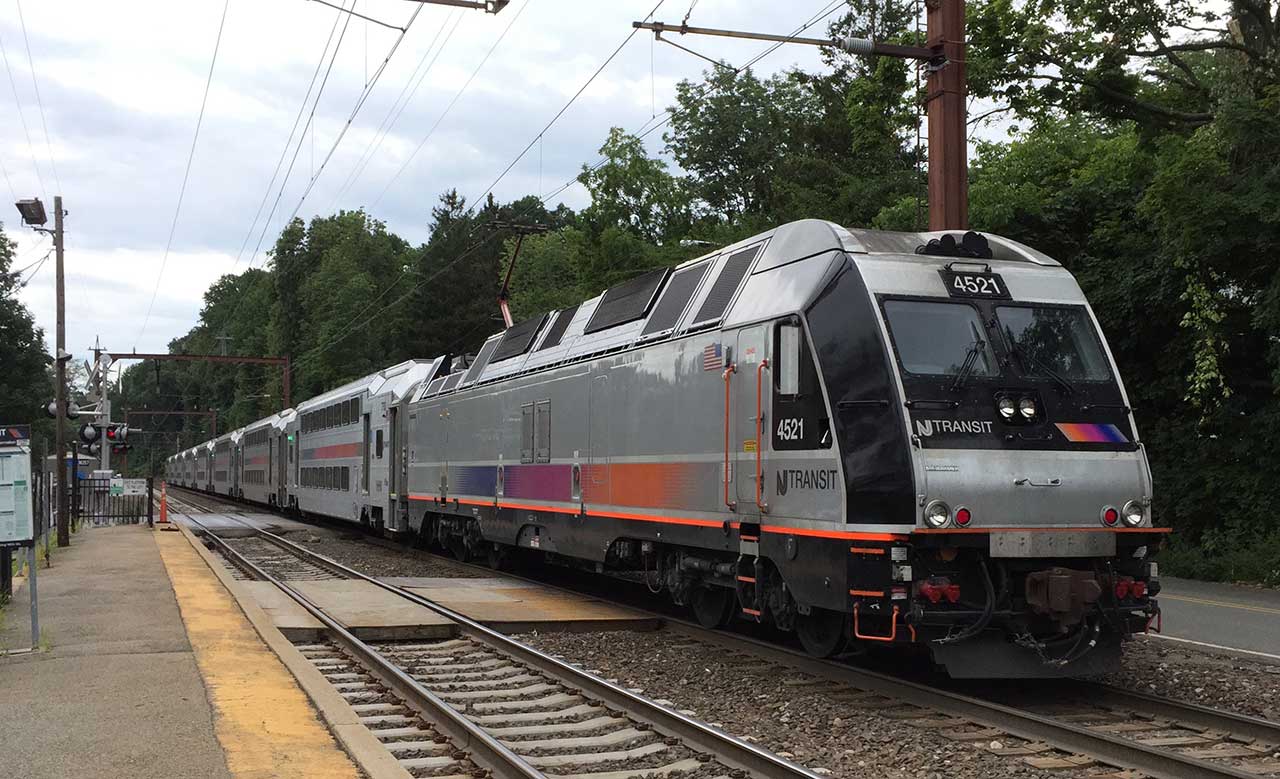
To many commuters who travel daily between New Jersey and Manhattan, the problems with the local public transit system are seemingly endless. From frequently delayed and canceled trains to packed buses, commutes of only a few miles each way can easily take hours, especially when one part of the region’s transportation infrastructure is briefly taken out of service.
For instance, when there are issues involving New Jersey Transit (NJT) trains at New York Penn Station, riders can walk a block to the 33rd Street station at Herald Square since tickets are usually cross-honored on the already crammed PATH system.
But, what would happen if train service in and out of New York Penn was forced to be suspended for a far longer period of time than just one weeknight rush hour? Now, we have learned that NJT is beginning the process of preparing for what would be done if such a transit disruption took place.
The statewide transportation agency is currently accepting proposals from contractors as part of what it is referring to as the Trans-Hudson Network and Contingency Planning Strategy. NJT spokesperson Lisa Torbic told Jersey Digs that “the work will build on existing relationships between NJ TRANSIT and its sister agencies and transportation partners to develop collaborative transportation strategies to address the potential for an extended trans-Hudson travel disruption to continue moving as many customers as possible, using available transportation modes,” adding that “this could include ferry and others.”
NJT’s Request for Proposals shows that contractors interested in providing “services in the development and assessment of potential near-term incremental contingency strategies and improvement projects to address existing and future travel needs” have to submit their proposals by April 23. The contract is expected to last for 36 months, according to Torbic, who mentioned that the initiatives that will be considered during the strategy in order to facilitate trans-Hudson travel will be studied in phases in conjunction with partners such as the Port Authority of New York and New Jersey.
Torbic also stated that “this effort will explore opportunities to increase general capacity and flexibility within and across modes throughout the trans-Hudson network to meet current and future needs and also to provide options for our customers during any outages which may occur.”
There certainly are no shortage of rail customers who rely on trans-Hudson travel. NJT’s Morris and Essex, Northeast Corridor, Montclair-Boonton, Raritan Valley, and North Jersey Coast Lines along with 11 Amtrak routes use the North River Tunnels under the Hudson River, connecting the country’s largest city with municipalities as close as Secaucus to cities as far away as Miami and New Orleans. It is no secret that the tunnels are far from modern. In fact, the two tubes that also run deep below North Bergen, Union City, and Weehawken were built by the former Pennsylvania Railroad roughly 110 years ago, meaning that they predate the construction of the Empire State Building, the Woolworth Building, and Rockefeller Center.
For more than two decades, there has been plenty of discussion over what should be done with the tunnels and construction even began in 2009 on an additional set of tubes called the Access to the Region’s Core (ARC) Tunnel, but then-Governor Chris Christie shut down the project. The existing tunnels were flooded and severely damaged during Superstorm Sandy just a few years later.
Currently, the Gateway Program’s Hudson Tunnel Project calls for repairing the tunnels and building an additional two tubes under the Hudson that would be around 175 to 250 feet below Union City and 80 feet beneath Hoboken. Hearings regarding the project were held back in 2017 but funding for the plans still remains uncertain. Just last week, Bloomberg published a story stating in part that “America’s most-needed infrastructure project lacks America’s most-needed Plan B” and that the United States Department of Transportation would not comment on whether there was a current contingency plan. Some local lawmakers are now calling for one to be created at the federal level.